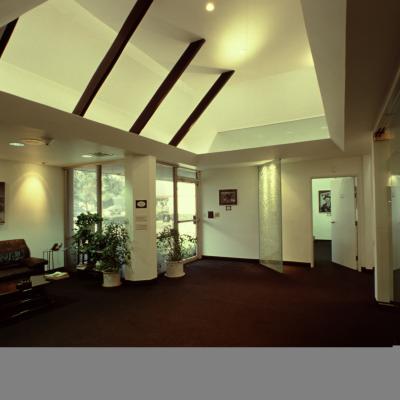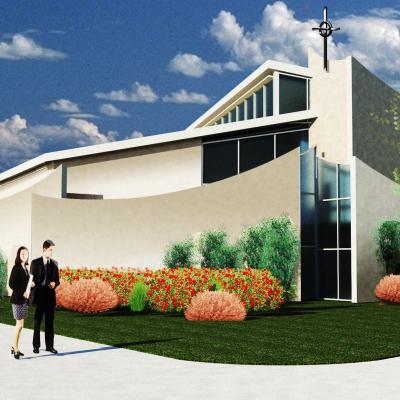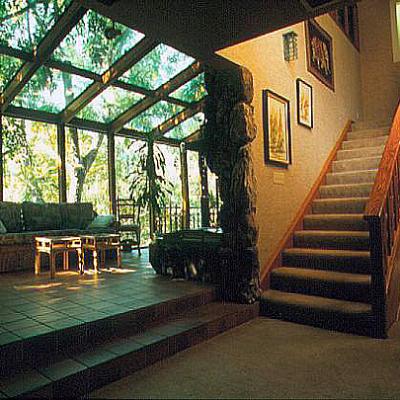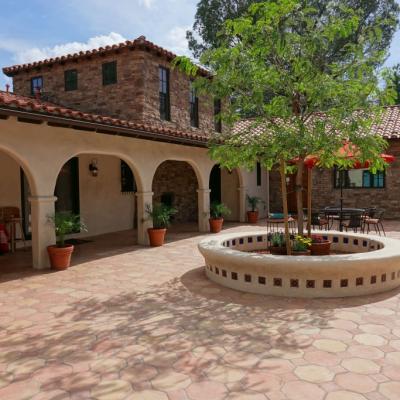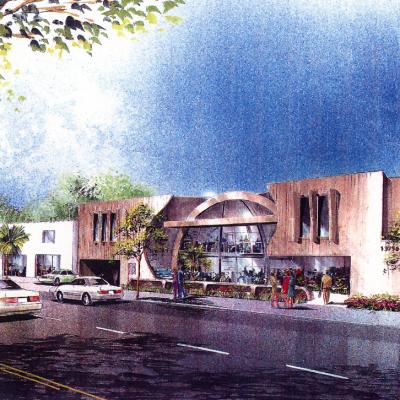To maintain an Architectural practice, you need to review what you do as a professional and the results you achieve for your clients. This active duty will keep one relevant and better prepared for the next project. Clients will want to pass your name around and refer others to you. Feedback from your clients on your services are essential in one’s internal review. Communication is key. The clients need to know what options are available and what to expect during construction. This includes what can be incorporated into their project advancing the design and be able to work through the community approval processes. This is getting harder every day. The entire design team needs to understand all these issues. If getting an approval to build needs some up front planning, then do it. Do not wait for the big ugly issues to come up when you are ready to submit plans to the city. Start it early. Brainstorm the issues. Use the entire development and design team’s knowledge and experience to define all the problem areas. If you are lucky, once those concerns are addressed and worked through, they will meet the required guidelines to achieve permitted plans without great delay.
If the development costs are getting to high you need to come up with a solution to the financing issues. Using out of the box techniques for planning is a great option. If the greening of a building is breaking the first construction cost limitations, then maybe we divert funds from marketing into the greening of the building and promote a new expanded mission. If the bank wants some amenity added to a project say a swimming pool, then use it for water storage or a fire protection water reservoir. It could also be used as a heat sink to offset mechanical systems. Instead of deciding to demolish a building, what if you deconstruct it and donate the building materials to a non-profit developer and then get the tax right off? That will help your bottom line. I was involved with a housing development and the city was considering omitting parking requirements. But, I was aware of the upcoming rule changes and the issues it could cause. So I presented the solutions in public hearings to the planning and city council. Even though we were years ahead of the proposed change they approved the use of electric golf carts in lieu of cars. That saved a lot of dollars for our client and allowed for extras to be built into the project. Another project I was involved with was being held up by definitions in the building code. I expanded the definition and was then allowed to proceed with the project. Expanding the definition of a code can simply mean changing the name of a room. A room by one name can have a large role in the permitting process. By changing the name to meet the needs of the project an approval can be achieved. A residential garage by definition has no height limit. A one story garage can be as high as you want and if detached it can be at the property line. Is that good planning? That does depend on the community in which you designed the project. In a high density neighborhood that can mean getting many cars off the street and into a parking garage that would not have worked any other way. There are rules that need to be met. The rules are changing at a faster and faster pace. Knowing when they change and what that change can mean in a design are critical. There is no way to know it all. But by staying alert, reading, keeping in touch with enough people involved in the community you have a leg up. By having your knowledge, and experience in game planning a development project, think ahead and out of the box, designing flexibly into each aspect of a project, and with honest open communication it is one of the best ways we know how to for put a project on the most expedient track. The clients see the deference and then can support you in the future. This is not an easy task. But the best tools, the sharpest minds, great communication skills all work to the benefit of a project at any scale. More Power to you.




